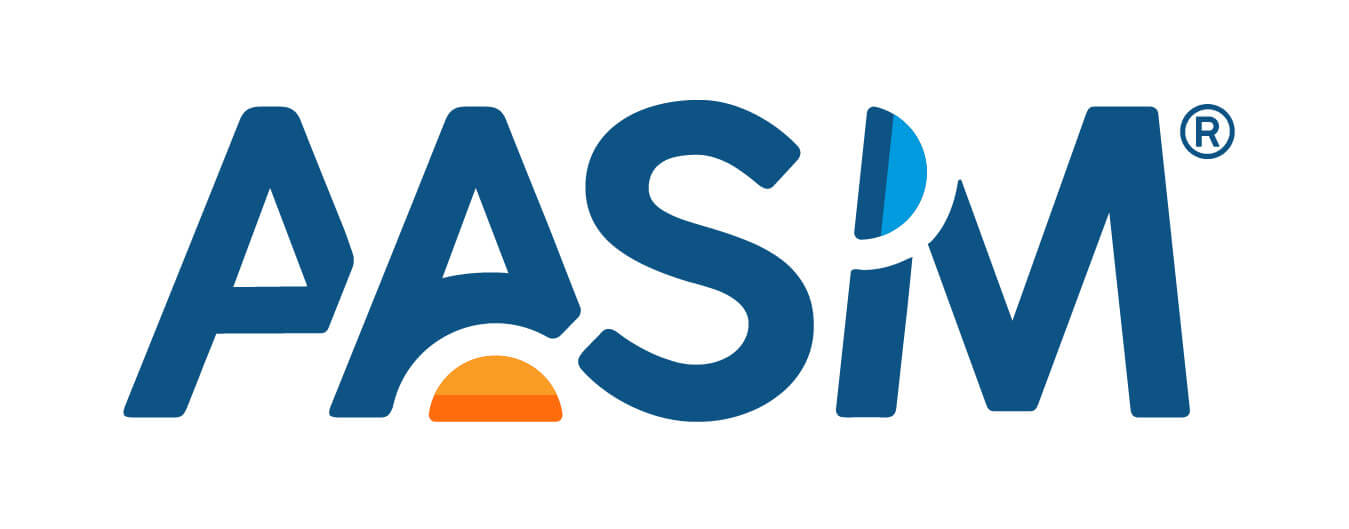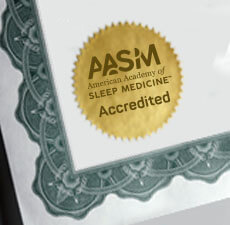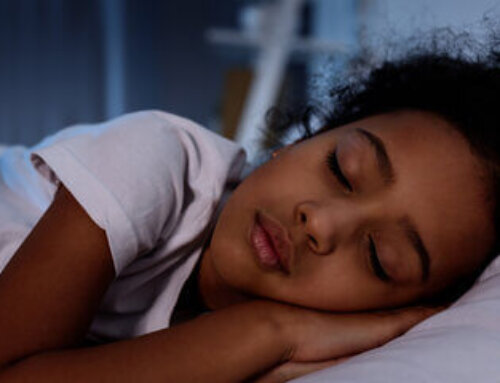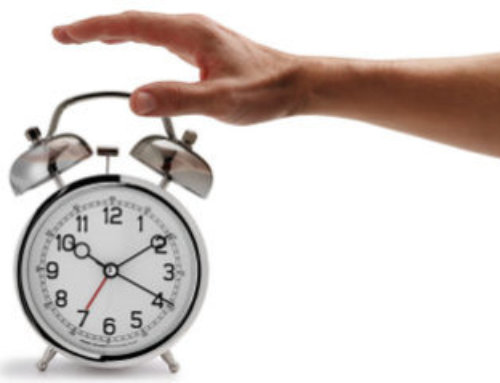EMBARGOED FOR RELEASE: January 1, 2009 – 12:01 a.m. EST
Westchester, Ill. — A study in the Jan. 1 issue of the journal Sleep indicates that the indirect costs of untreated insomnia are significantly greater than the direct costs associated with its treatment. The study estimates that the total annual cost of insomnia in the province of Quebec is 6.5 billion Canadian dollars, representing about one percent of the province’s $228.5 billion in gross domestic product for 2002.
Annual indirect costs of insomnia related to lost hours of productivity are estimated to be $5 billion, representing the largest proportion (76 percent) of all insomnia costs. The annual estimate of insomnia-related lost productivity is 27.6 days per year for individuals with insomnia syndrome, and 6.2 days per year for people with insomnia symptoms. The second-highest cost of insomnia is attributed to job absenteeism, with $970.6 million – 14.7 percent of the total economic burden of insomnia – estimated to be lost annually due to insomnia-related absences. Individuals with insomnia syndrome are absent from work an estimated 4.36 days per year because of insomnia.
Lead author of the study, Meagan Daley, PhD, professor of psychology and business, in Quebec City, Canada, stated that costs associated with the use of alcohol as a sleep aid exceed those associated with consultations and the use of medications and over-the-counter products.
The total estimated annual cost of alcohol used for promoting sleep is $339.8 million, which is the highest direct cost, representing 60 percent of all direct costs and five percent of all insomnia-related costs. The annual cost of insomnia-related consultations with a health-care professional is estimated to be $85.3 million (32.6 percent of all direct costs and 2.9 percent of overall costs), and an estimated $16.5 million is spent annually on prescription medications for insomnia (only 2.8 percent of direct costs and less than one percent of overall costs). According to the authors the centralization of the health-care system in Quebec keeps salaries and capital costs relatively low, and most medications prescribed for sleep in Canada are inexpensive generic drugs.
Daley said, “This study demonstrated that it is not the costs associated with seeking out treatment (for insomnia), such as consulting health-care professionals or purchasing medications or over-the-counter products that constitute anywhere near the largest proportion of expenditures. Rather, indirect costs constitute the greatest proportion of all insomnia costs, with about ¾ of overall costs being due to lost work productivity.”
This study was a part of a larger epidemiological study documenting the natural history of insomnia. A total of 948 randomly selected adults were chosen from the province of Quebec, Canada, to participate. The mean age of participants was 43.7 years. Sixty percent of participants were female. Volunteers completed questionnaires on sleep, health, use of health-care services and products, accidents, work absences and reduced productivity in the previous three months. Data were also obtained from the government-administered health-insurance board in Quebec regarding consultations and hospitalizations.
Participants were categorized using a standard algorithm as having insomnia syndrome or insomnia symptoms, or as being good sleepers. Of the 948 participants, 493 (51.7 percent) were classified as good sleepers, 308 (32.3 percent) as having insomnia symptoms, and 147 (15.4 percent) as having insomnia syndrome.
Good sleepers were satisfied with their sleep, did not report insomnia symptoms and did not use sleep-promoting medications. Individuals with insomnia symptoms presented symptoms of initial, maintenance or late insomnia three or more times per week, without fulfilling all criteria of an insomnia syndrome; they could be satisfied with their sleep, report no distress or daytime consequences, or have insomnia symptoms that were present for less than one month. Participants with insomnia syndrome met all diagnostic criteria for insomnia; they expressed dissatisfaction with sleep and presented symptoms of initial, maintenance or late insomnia three nights per week for a minimum duration of one month.
Results estimate that the annual per-person insomnia related costs are $5,010 for those with insomnia syndrome ($293 in direct costs and $4,717 in indirect costs); $1,431 for those with insomnia symptoms ($160 in direct costs and $1,271 in indirect costs); and $422 for good sleepers ($45 in direct costs and $376 in indirect costs).
The authors conclude that an increased awareness of the availability and effectiveness of insomnia treatments, both on the part of the public as well as health-care providers, could lead to significant reductions in the overall cost of insomnia to society.
Sleep is the official journal of the Associated Professional Sleep Societies, LLC (APSS), a joint venture of the American Academy of Sleep Medicine and the Sleep Research Society.The APSS publishes original findings in areas pertaining to sleep and circadian rhythms. Sleep, a peer-reviewed scientific and medical journal, publishes 12 regular issues and 1 issue comprised of the abstracts presented at the SLEEP Meeting of the APSS.
For a copy of the study, “The Economic Burden of Insomnia: Direct and Indirect Costs for Individuals with Insomnia Syndrome, Insomnia Symptoms and Good Sleepers,” or to arrange an interview with an AASM spokesperson, please contact Kelly Wagner, AASM public relations coordinator, at (708) 492-0930, ext. 9331, or kwagner@aasm.org.
AASM is a professional membership organization dedicated to the advancement of sleep medicine and sleep-related research. As the national accrediting body for sleep disorders centers and laboratories for sleep related breathing disorders, the AASM promotes the highest standards of patient care. The organization serves its members and advances the field of sleep health care by setting the clinical standards for the field of sleep medicine, advocating for recognition, diagnosis and treatment of sleep disorders, educating professionals dedicated to providing optimal sleep health care and fostering the development and application of scientific knowledge.
###








